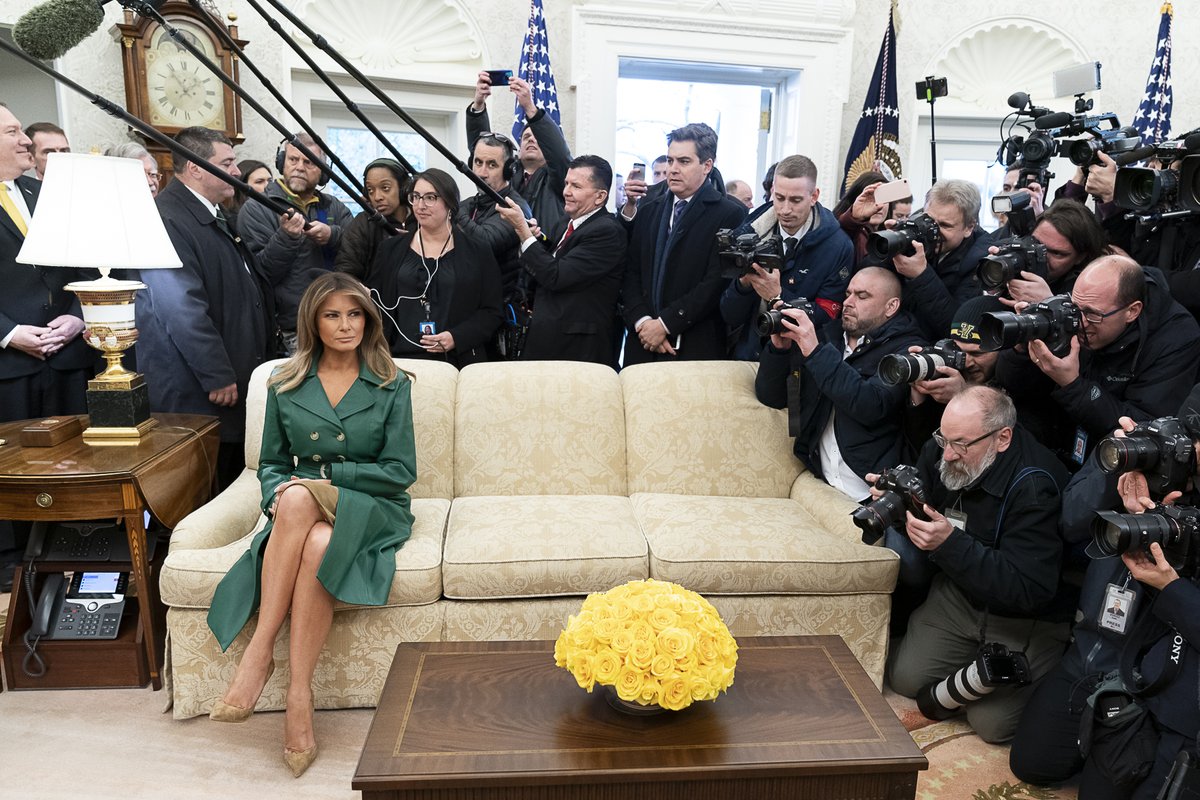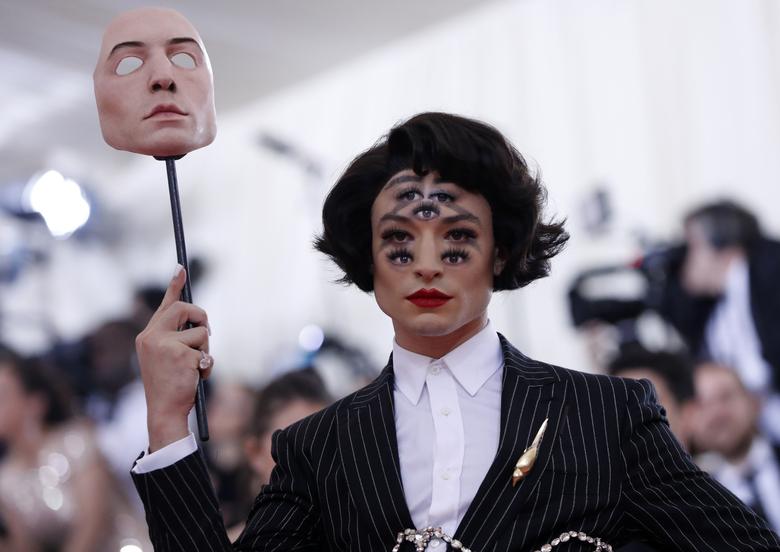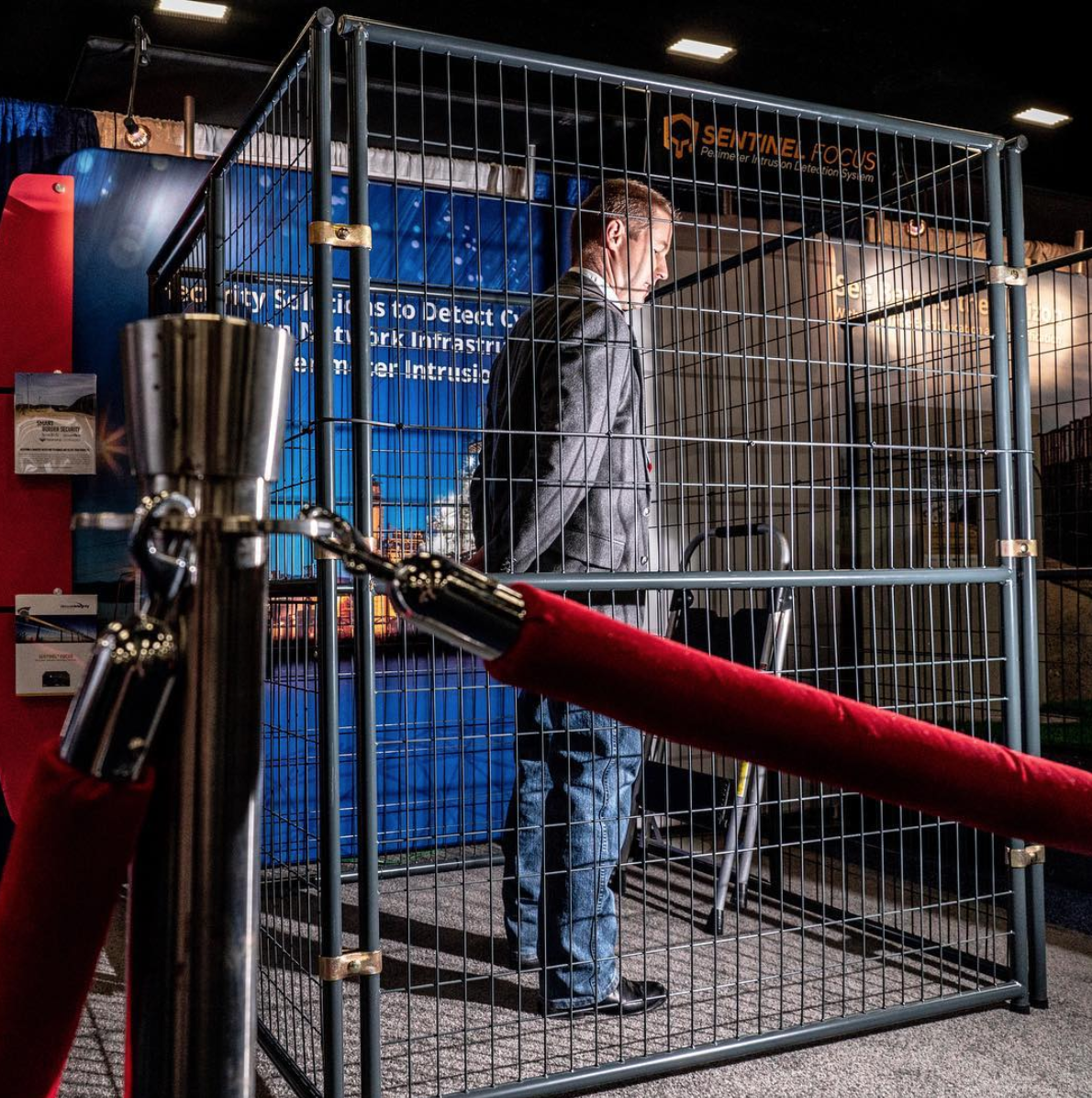Notes
Make America Meme: Why Melania Trump Birthday Photo was a Coup for the White House

Birthdays at the White House this year seem to be a bit bumbling, even for the First Lady, who celebrated her 49th on April 26. That day, the White House Twitter account tweeted “Happy Birthday, @FLOTUS!” with a photograph of her taken in March. Twitter users deemed the photograph “more than a little awkward.” Others described the photograph as “sadness personified.”
Within hours, memes of the original photograph popped up on the White House Twitter feed and spread across the Internet. They combined the image of Mrs. Trump in the Oval Office with other awkward White House moments and a mix of pop culture imagery. Meme makers applauded their skills, saying they “fixed” the photograph. Awkward became hilarious.
But meme makers don’t deserve all the credit. In fact, some photographs ask to be memed. And as far as memeable images go, this one’s a snap. It shows the First Lady perched on the far edge of an Oval Office sofa with a vast expanse of open seating next to her. All that open space is like a visual invitation, in this photoshop era, to add new content into the photograph.
Part of what makes this image so inviting to meme-makers is how it plays up the Trump White House as a public spectacle. Members of the press are packed in place, snapping photos of the president during his meeting with Czech Prime Minister Andrej Babis. But Mrs. Trump, a former model used to adoring photographers, looks bored. She looks trapped. And ever since #FreeMelania trended during the president’s inauguration, pitying the First Lady has been a way to conjure mass sympathy. And that’s kind of the point of this image. By depicting the birthday star as someone who’s sitting down on the outside but standing up on the inside, it strikes that chord of sympathy and invites meme-makers to amplify it.
One thing we know for sure: inviting memes is a tactic that resonates across Trumpworld. If FDR was the first radio president, and Kennedy the first television president, then Trump—who buffs his ego via tweets—is the first meme president. As Heather Suzanne Woods and I argue in our research, Trump benefited from an army of internet trolls who crafted memes to bolster his campaign. He uses memes to counter, or distract from, public attacks. Any time Trump faces heat, he has steered the spectacle machine of his presidency. Memes have been a key tool of his PR arsenal.
The Oval Office photograph of Mrs. Trump is one example of how this works, as it circulated just one week after the release of the Mueller Report. With talk of impeachment bubbling up around the president, this image and its memetic offspring made headlines. Some memes made from the photograph mocked the unpresidential conduct illustrated in the Mueller report or lambasted previous Trump administration missteps. Lauren Werner, whose Twitter handle reads “Ferocious critic of the crime-infested White House and the kleptocrat who, despite being aided by Moscow, lost the national popular vote in 2016,” quickly made a series of memes that mocked the crass behavior of White House regulars.
— Lauren Werner 🗽 (@LaurenWern) April 26, 2019
This one depicts Kellyanne Conway crouching next to the First Lady, as if fixated on her hair. Of course, Ms. Conway’s crouch was already a meme. In March 2017, Conway drew fire for a photo showing her crouched on a White House sofa—knees digging in and shoes pressing into the back. Now she is shown squatting next to Mrs. Trump, positioned in a way that, in Trumpian fashion, infects the whole scene with a note of vulgarity. Fairly or not, it makes the First Lady look like quite comfortable with the flippant irreverence of the Trump White House. If the unaltered photo offers hints about Mrs. Trump’s isolation, this memetic variation implicates her as an accomplice to the administration’s trademark abandonment of decorum.
— Lauren Werner 🗽 (@LaurenWern) April 27, 2019
Another meme keeps Conway and her fixation on the First lady, but adds former White House Chief Strategist Steve Bannon to the other end of the sofa. Bannon’s frumpy silhouette was originally published by Bloomberg, who insisted back in 2015 that despite his resemblance to an All American couch potato, Bannon was “the most dangerous political operative in America.” But now, braided together on the living room sofa, the three figures seem right at home with the pageantry and continuous drama of the Trump White House.
— GuillaumeTC (@GuillaumeTC) April 26, 2019
Still other memes have Putin cozying up to the president’s wife. In this variation on the original photograph, Vlad looks like he’s putting the moves on Melania. It is a sexist meme that shows Putin cuckolding Trump, playing him for the fool in US-Russia relations. And if the Mueller Report falls flat as an indictment of Trump’s weak response to Putin’s advances, this image puts some aggressive visual spin on the matter of collusion and Russian interference.
Their symbolism may be heavy-handed, but memes are not simple visual messages. Because they are made and remade, memes travel in all sorts of directions. Even memes that seem to lampoon Trump may not communicate that message exactly. Take, for instance, memes that show Trump as a buffoon.
You will soon learn to appreciate me pic.twitter.com/Osvwl0jhQe
— rychiee epinosa (@rychiee09) April 27, 2019
This meme puts Mr. and Mrs. Trump on the couch together, but refigures the president’s persona into Star Wars archenemy Jabba the Hut. Like Princess Leia, Melania is chained by the neck, forced to stay put in a place she never wanted to be.
Yet, these memes don’t amplify concerns about Trump’s misconduct as much as they elicit sympathy for his wife. And up against the Mueller report, these memes broaden available political messaging. Sure, some memes offer pointed critiques of Trump’s intimacy with Putin. But these other images just make us tap into the drama that is the Trump administration. These memes don’t help the case against Trump, but instead offer entertainment and often distraction.
At root, memes are fun because we can play with images. Memes can offer clear political messaging, but often they are more successful with layers of irony and intertextuality. Layers often mean that simple messages become more complex and harder to understand. In this case, the photograph of Mrs. Trump sitting on the Oval Office couch served up a great memetic opportunity. Up against clear evidence that Russia used disinformation strategies, including memes, to target US elections, playing with memes offers the Trump administration greater drama and may even solicit unwitting sympathy. What seems awkward on the surface may fuel great political coverage. In this way, Trump’s meme prowess is often a wink and an invitation. Here, the invitation—even if it received rebukes—feeds right into the spectacular machinery of the Trump administration.
— Leslie Hahner
Leslie A. Hahner is a scholar who studies the way visual artifacts and experiences impact public culture.
Photo 1: Andrea Hanks/Official White House photo. Caption: President Donald J. Trump and First Lady Melania Trump welcome the Prime Minister of the Czech Republic and Mrs. Monika Babišová to the White House, Thursday March 7, 2019.


Reactions
Comments Powered by Disqus